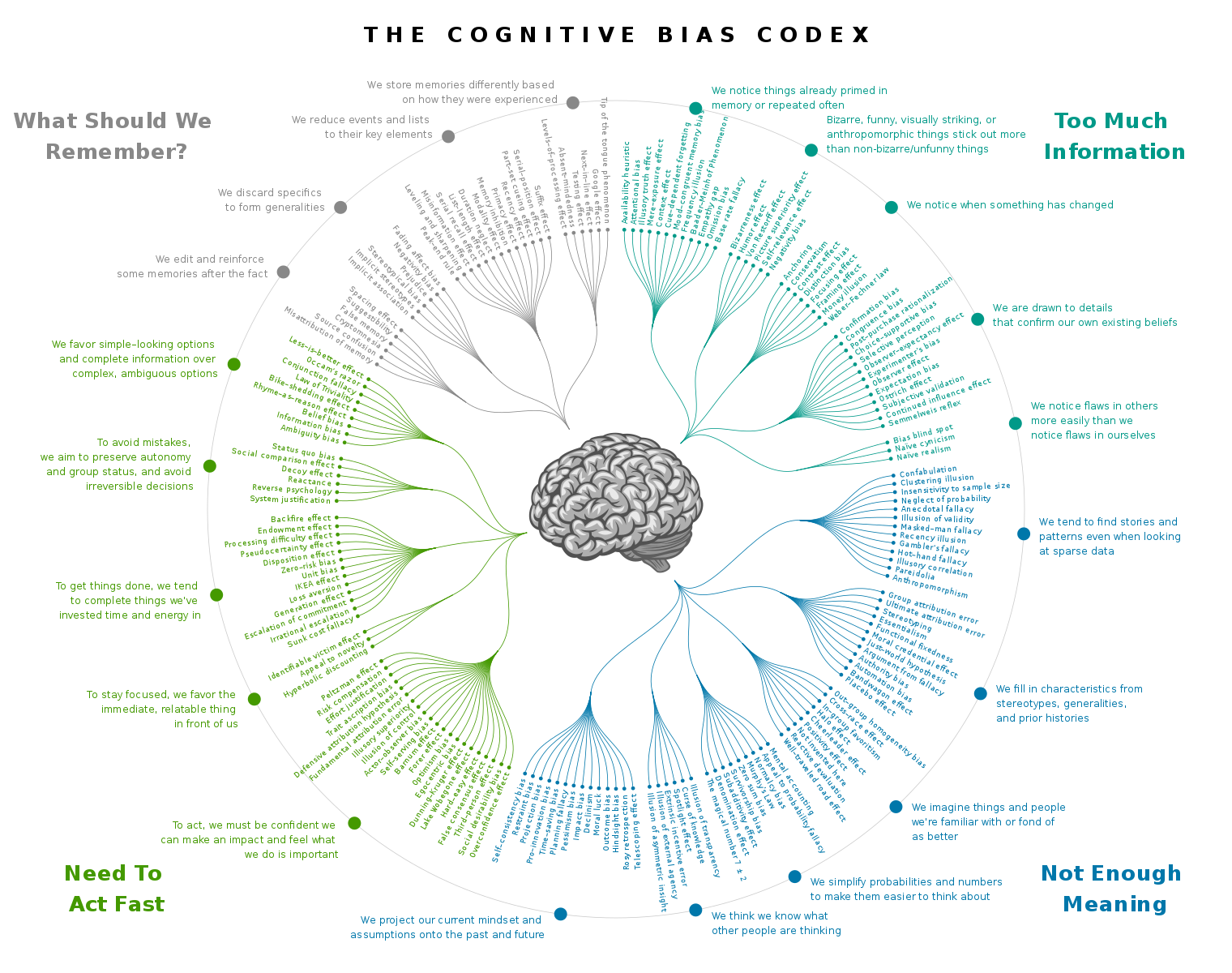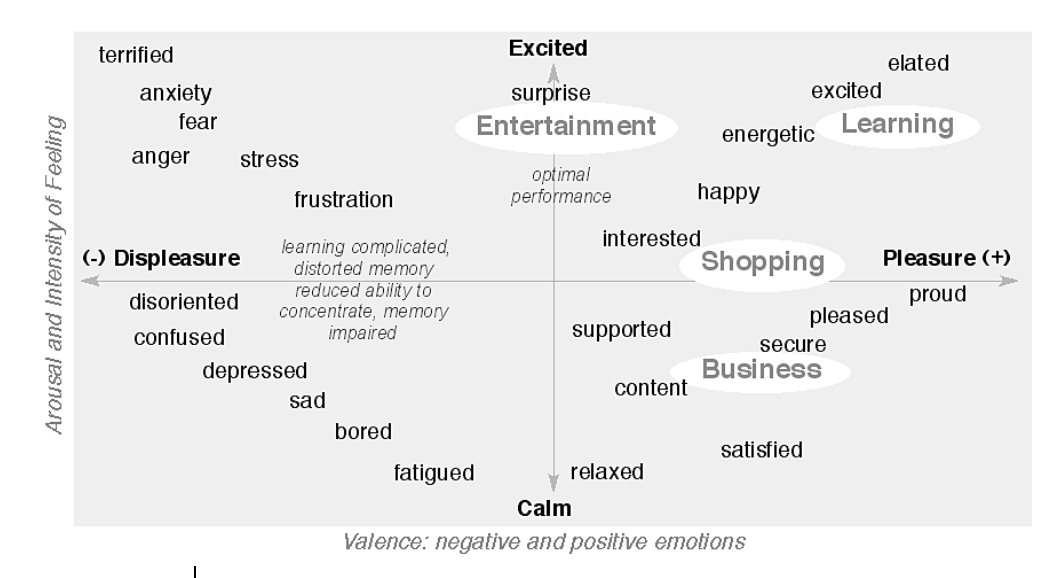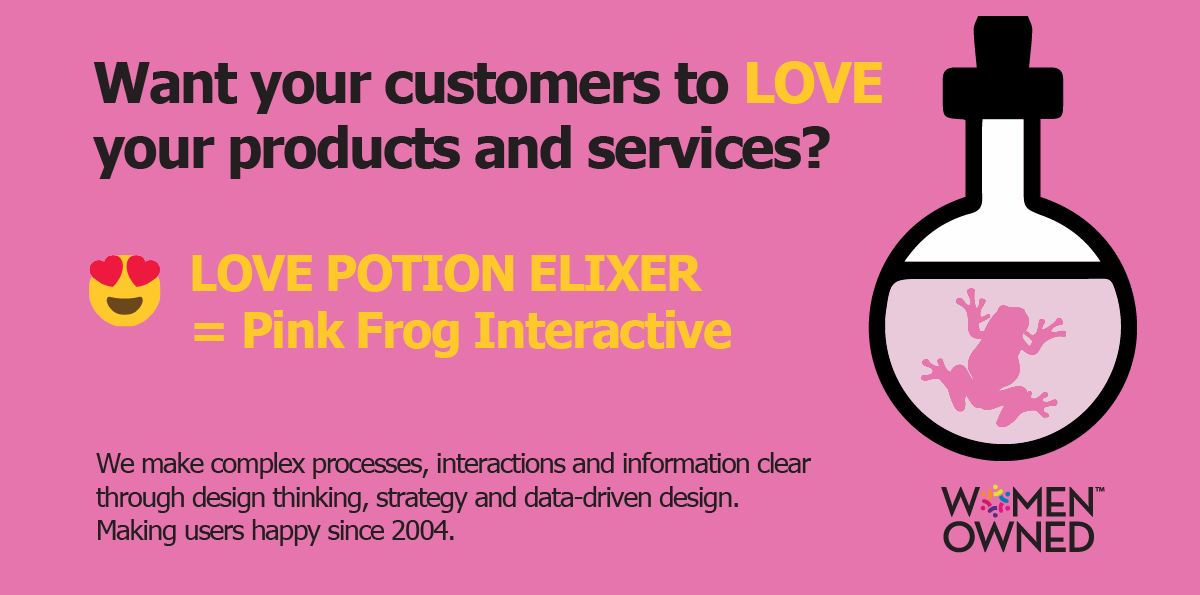✨ When design and marketing integrate, magic happens. ✨
In today’s digital world, companies spend heavily on marketing — but overlook a key truth:
If the user experience is broken, no amount of marketing will save it.
At Pink Frog Interactive, we combine UX/UI design and strategic marketing to help businesses create seamless, customer-centric experiences that not only attract visitors but turn them into loyal customers.
Design Makes the Promise Real
Marketing gets attention. UX design delivers the experience.
You can run a stunning ad campaign — but if users land on a confusing website, unclear pricing page, or slow mobile experience, they bounce.
Marketing attracts. Design retains.
Marketing sells the idea. UX earns the trust.
UX Design Solves Problems Marketing Can’t
Marketing can’t fix:
- A broken sign-up flow
- Unclear navigation or customer jouney
- Unclear product information
- A frustrating checkout experience
- A website that doesn’t work well on mobile
Design solves these problems at the root — creating pathways that guide users intuitively and convert them with confidence.
Good UX Reduces Marketing Costs
Well-designed experiences:
- Increase conversion rates
- Boost referrals and word-of-mouth
- Improve SEO and reduce bounce rates
This means you spend less on customer acquisition — and get better ROI from every marketing dollar.
Why UX + Marketing Work Best Together
At Pink Frog Interactive, we don’t silo design and marketing — we strategically integrate them.
Here’s what that looks like:
- Design shapes the brand experience
- Marketing amplifies the message
- Messaging and experience are aligned
- Customers feel understood — not just sold to
Signs Your UX and Marketing Are Out of Sync
If you’re experiencing any of the following, it’s time for a UX + marketing alignment:
- High bounce rates despite good traffic
- Users dropping off during checkout
- Customer support calls
- Brand promise not matching user experience
- Poor mobile or accessibility performance
What We Offer at Pink Frog Interactive
We combine:
- UX/UI design
- Customer journey mapping
- Design audits & usability testing
- Digital marketing strategy
Whether you’re a startup, enterprise, or healthcare provider, we help you create experiences people love and want to return to.
✅ Need an outsourced marketing department?
✅ Looking to reduce friction and boost trust?
✅ Need a heuristic evaluation / expert review?
✅ Looking for user feedback?
✅ Need to understand your customers better?
✅ Are you getting too many calls with customer with questions about your services or worse, high bounce rates?
We’ve got you covered.
Let’s Realign Your UX and Marketing
If your campaigns aren’t converting or your product feels disconnected from your brand, we can help.
Let’s turn traffic into trust, and customers into fans.
Contact us today to start building experiences that convert and retain.







